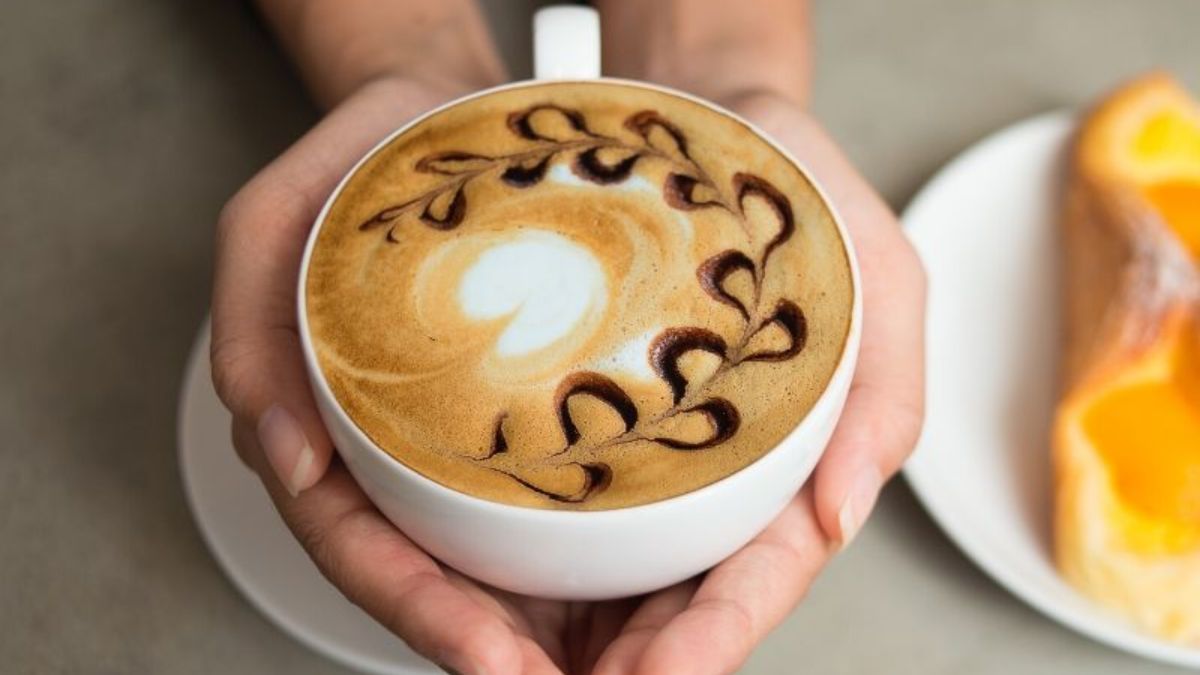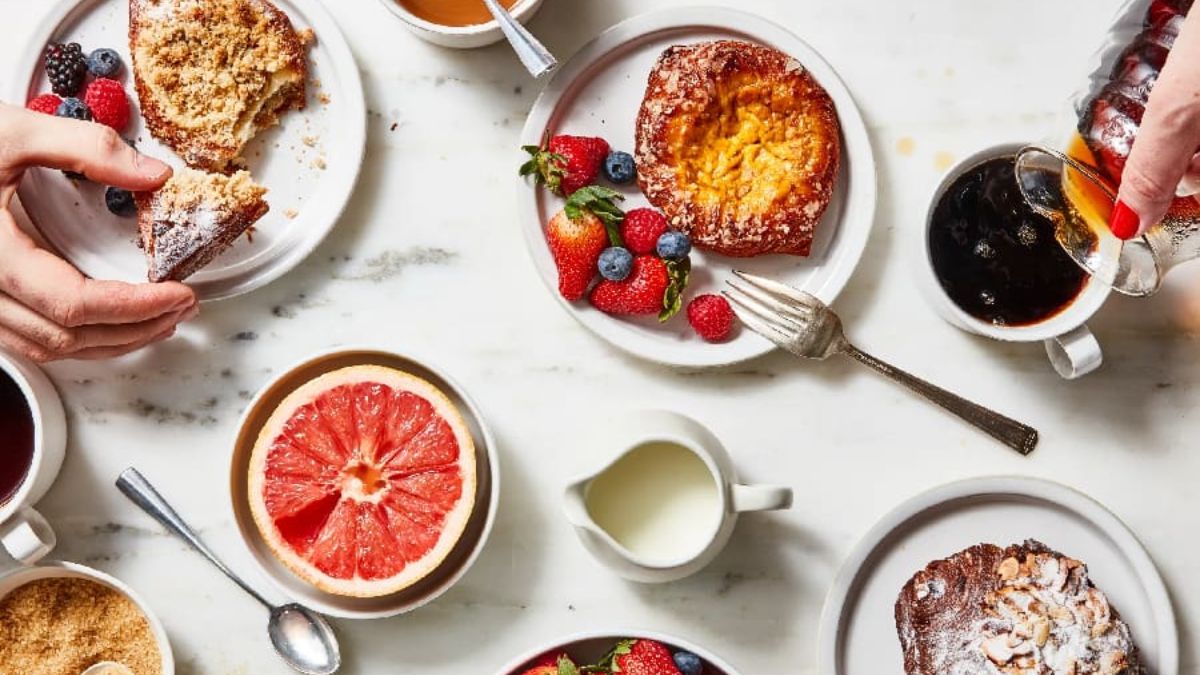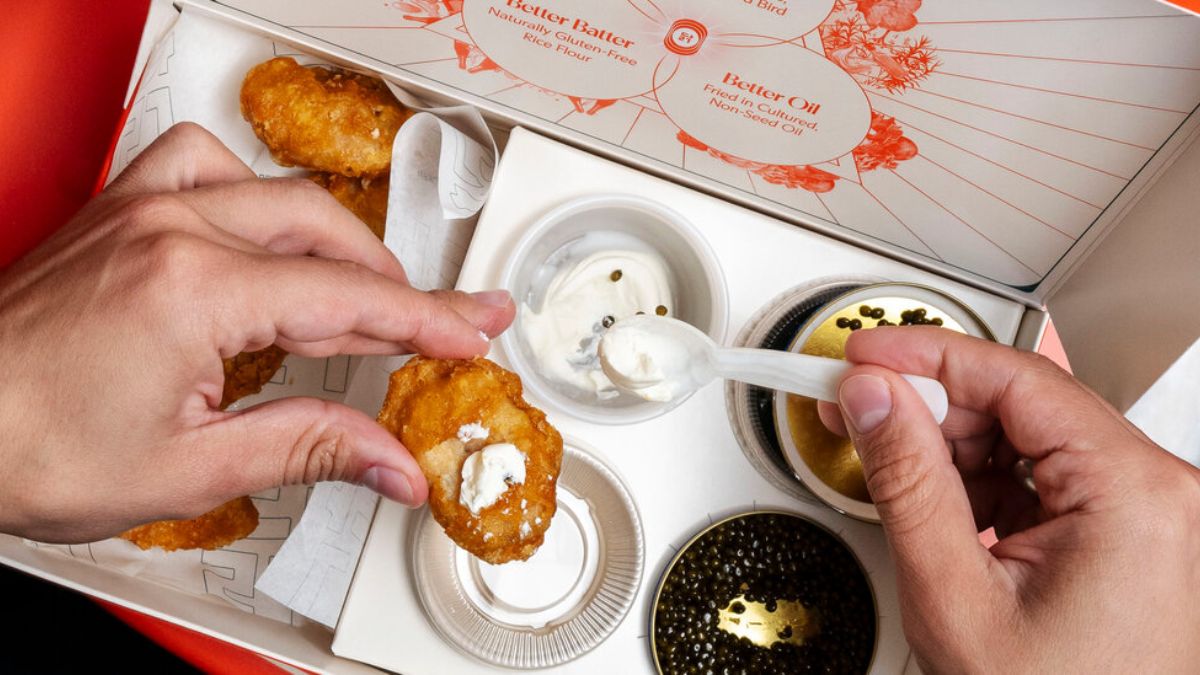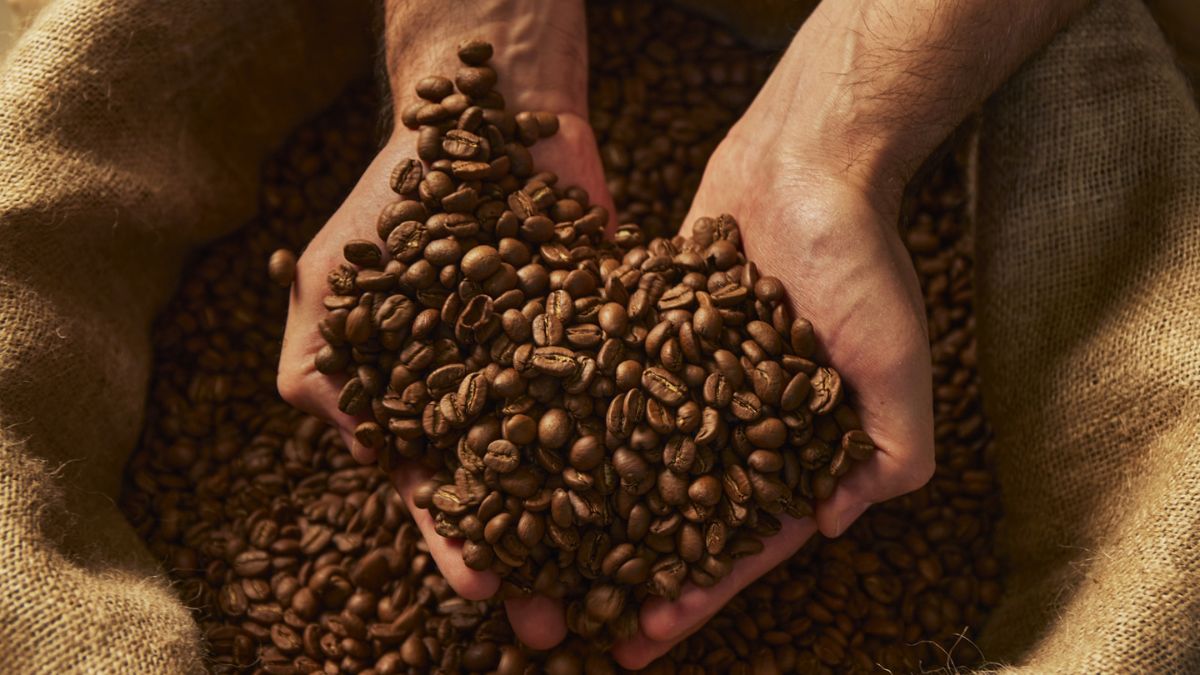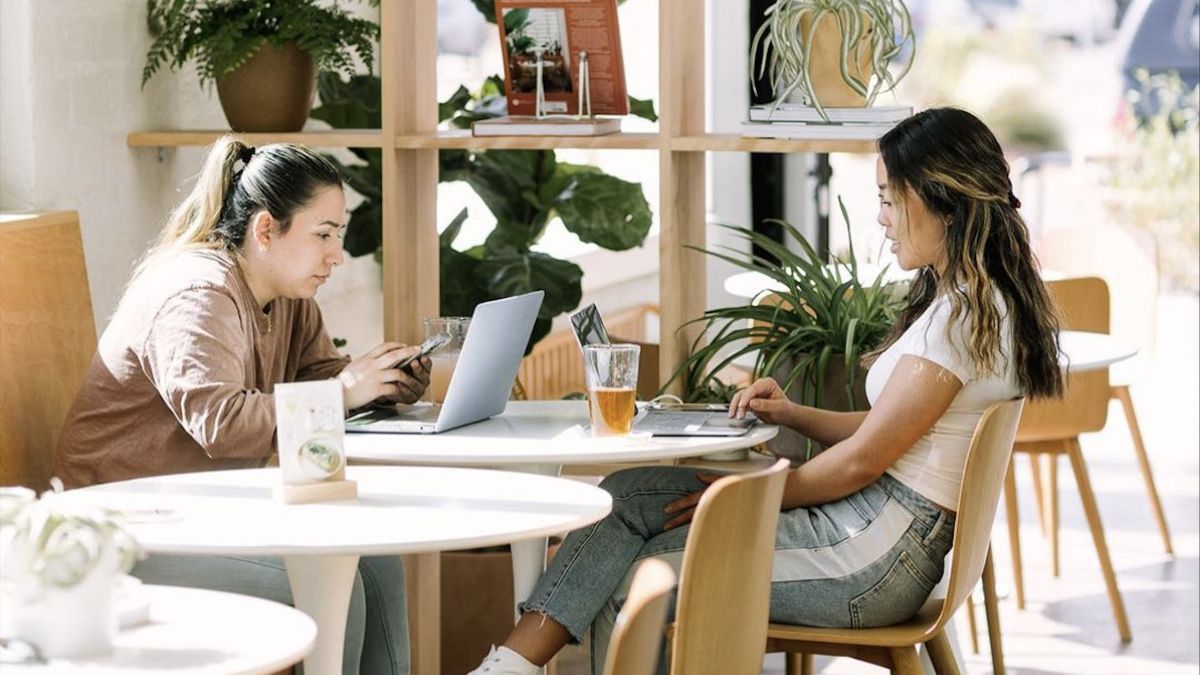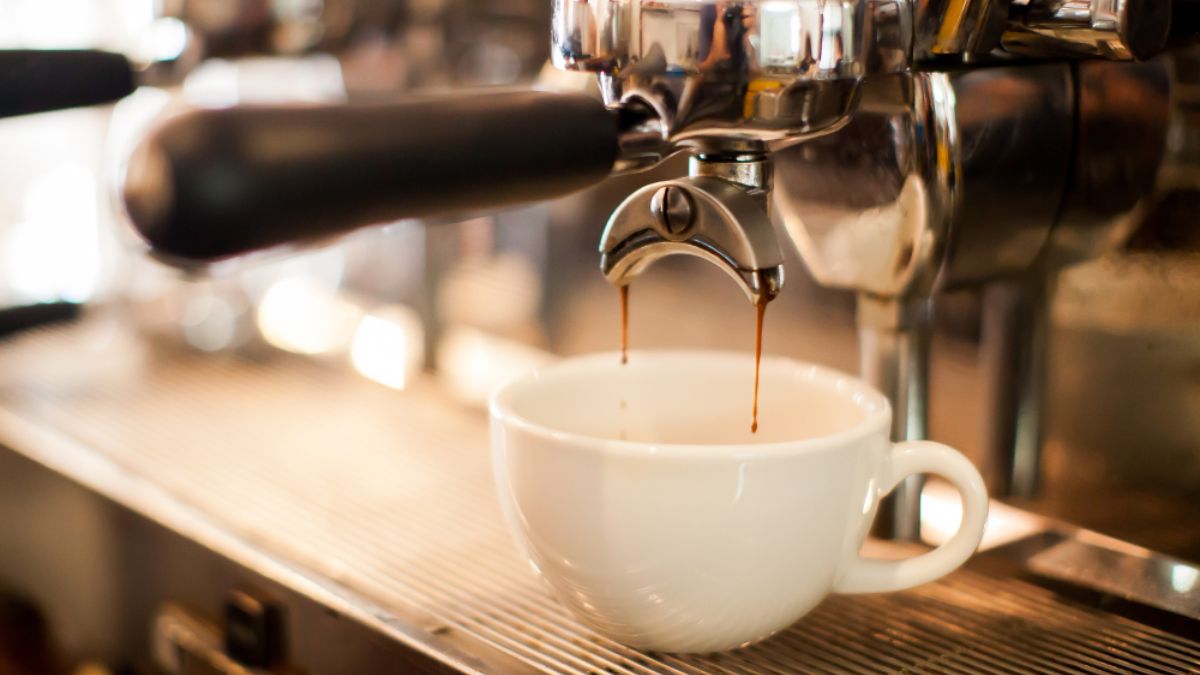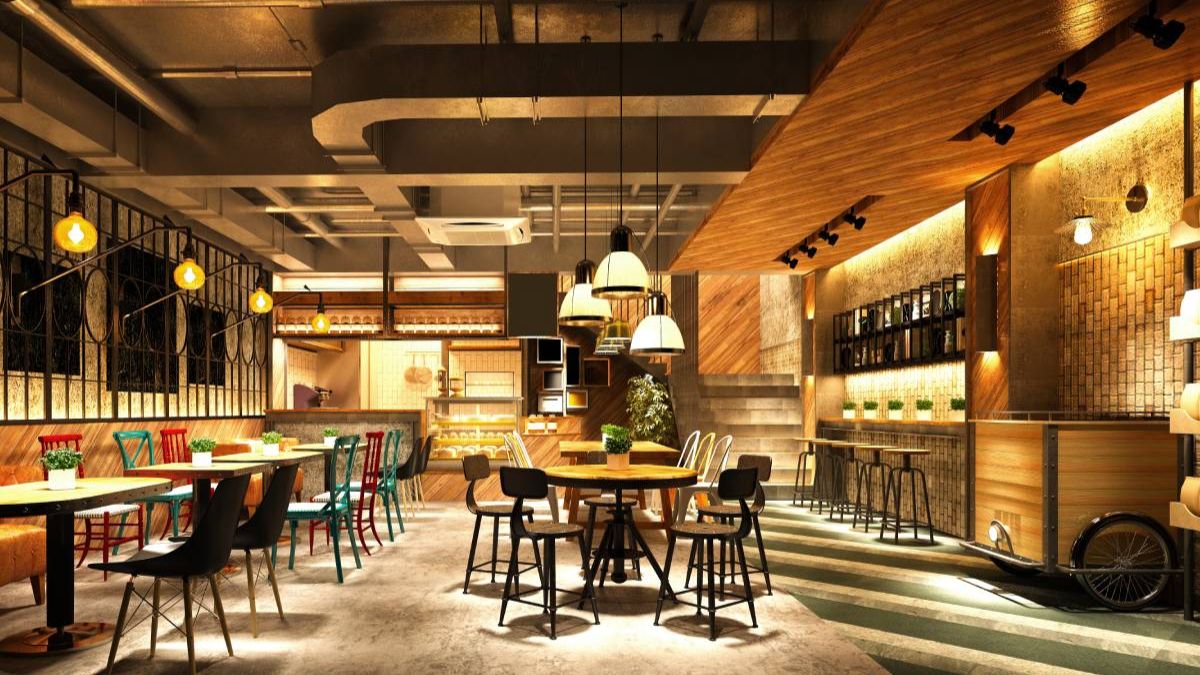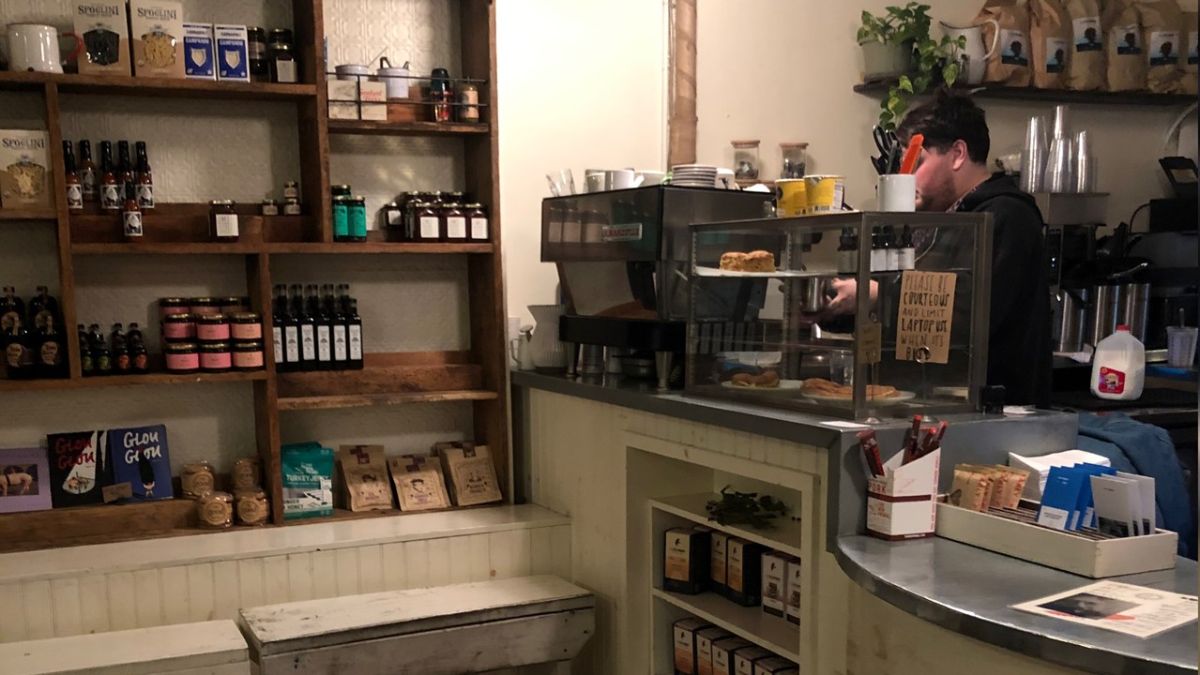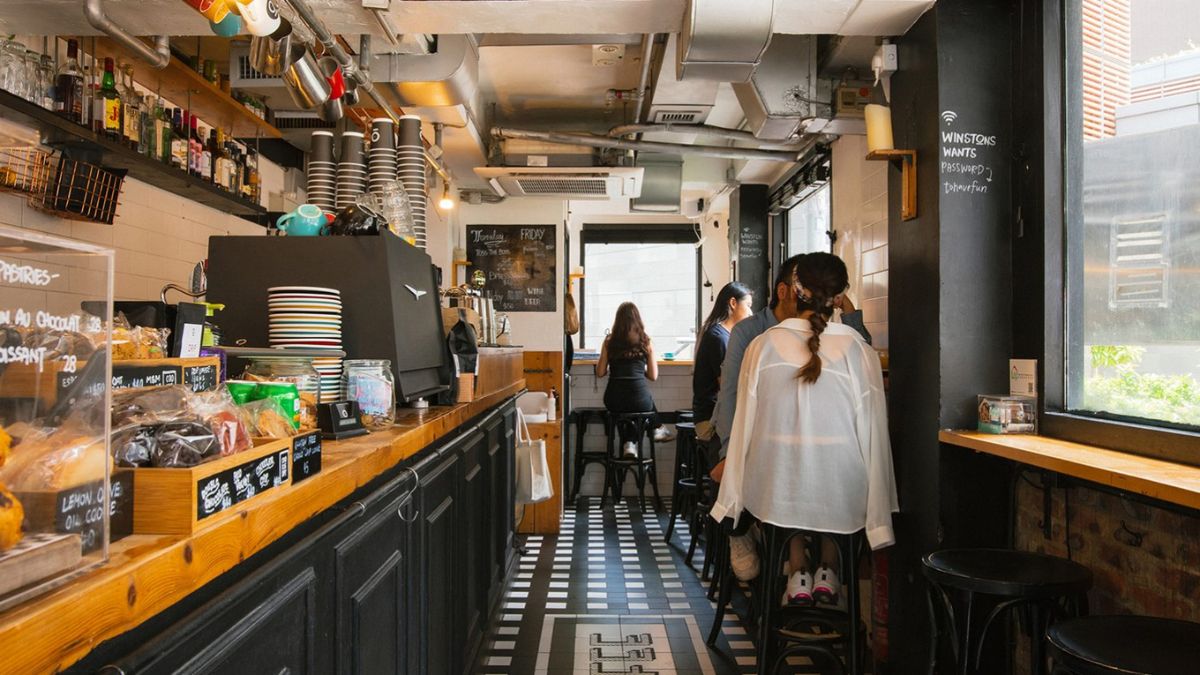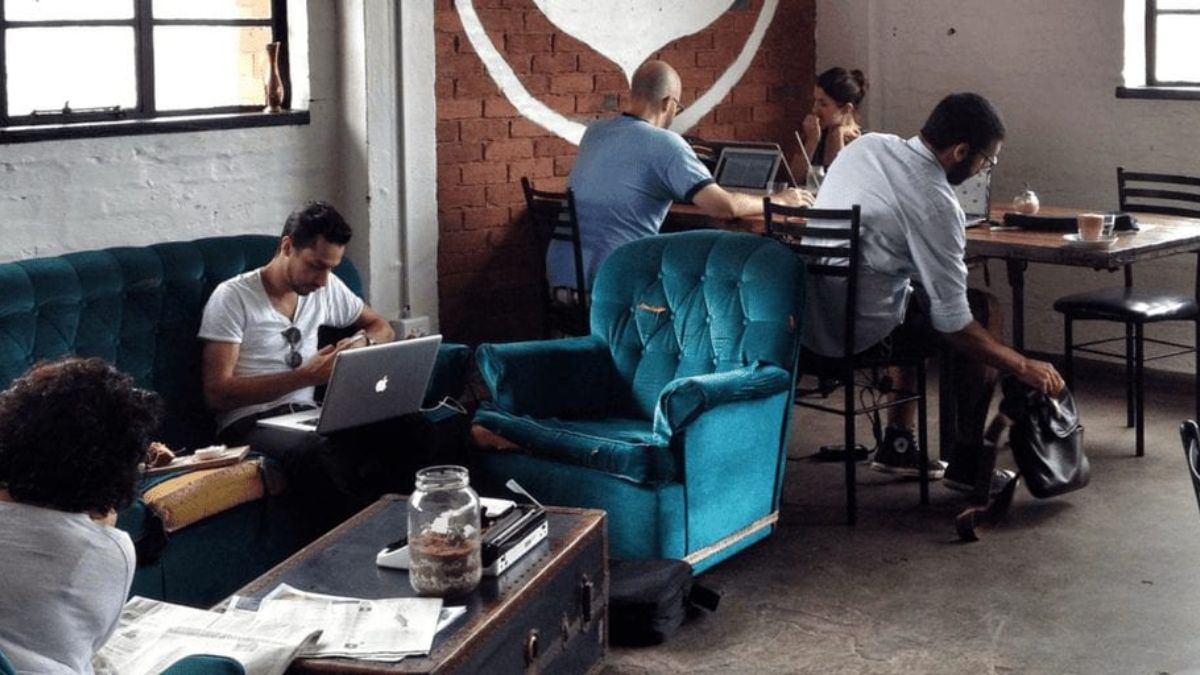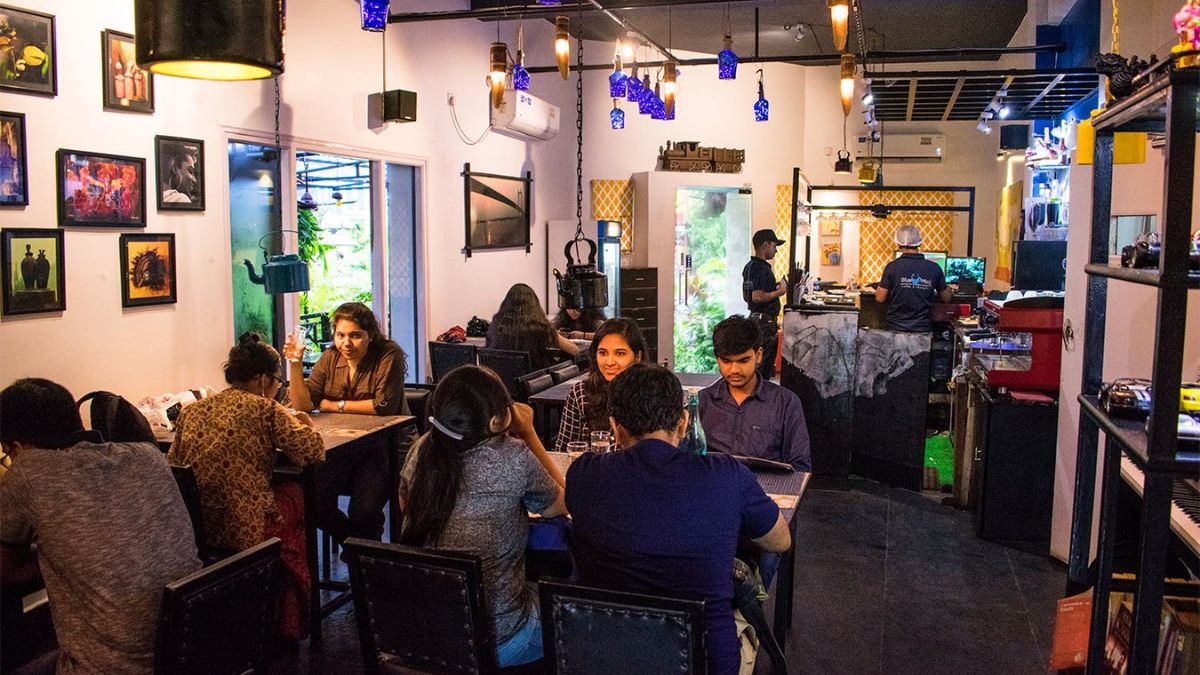Coffee isn’t just a drink—it’s a global obsession. From ancient rituals to your daily cup, this humble bean has traveled centuries and continents, fueling everything from revolutions to remote work. But how did it all begin? And how did we end up with pumpkin spice lattes and oat milk flat whites?
Let’s take a sip-by-sip journey through the rich, surprising history of coffee—one iconic moment (and cup) at a time.
Sip 1: The Goat That Started It All
Legend has it that in 9th-century Ethiopia, a goat herder named Kaldi noticed his goats acting wild after eating red berries from a certain shrub. Curious, he tried the berries himself and felt unusually energized.
That shrub? The coffee plant.
That moment? The start of a global love affair.
Monks later brewed the berries into a drink to stay awake during long prayers, and just like that, coffee began its journey.
Sip 2: Coffee Hits the Arab World
By the 15th century, coffee had made its way to Yemen. It was brewed in Sufi monasteries as a spiritual aid, helping monks stay alert through long nights of devotion.
It wasn’t just a drink—it was a religious tool.
Soon, coffeehouses began popping up across cities like Mecca and Cairo, becoming hotspots for conversation, music, and yes, politics.
Sip 3: The First Coffeehouses
Coffeehouses—called qahveh khaneh—started spreading through the Middle East by the 16th century. These were places to read poetry, listen to music, and talk about ideas.
In many ways, they were the world’s first social media feeds.
They even earned the nickname “Schools of the Wise” for how much learning happened there.
Sip 4: Europe Gets Its Buzz
In the 1600s, Venetian traders brought coffee to Europe. It was first met with suspicion—some called it the “bitter invention of Satan”—but once Pope Clement VIII tasted it, he gave it his blessing.
By the late 17th century, coffeehouses were booming across London, Paris, and Vienna. Businessmen loved them so much, deals were literally made over cups of coffee. Some call them the original offices.
Sip 5: Coffee and Revolution
During the Enlightenment, cafés became meeting spots for thinkers and revolutionaries. In France, cafés played a huge role in fueling the French Revolution. In America, after the Boston Tea Party, patriots switched from tea to coffee as a symbol of resistance.
Coffee wasn’t just a beverage—it was a political statement.
Sip 6: The Birth of Espresso
Fast forward to 1901 in Italy. A man named Luigi Bezzera invented a machine that forced hot water through coffee grounds under pressure. It was fast, strong, and flavorful.
Espresso was born.
And with it came the rise of Italian café culture—quick sips at the bar, tiny cups, big flavor.
Sip 7: Instant Coffee Arrives
In 1906, instant coffee made its debut at the Pan-American Exposition. It was quick, shelf-stable, and a hit during World War I and II, keeping soldiers caffeinated in the trenches.
Convenience was now part of coffee’s DNA.
It wasn’t as rich as fresh brew, but it was reliable.
Sip 8: The Coffeehouse Comeback
The 1960s and 70s saw a rise in indie coffeehouses—especially in places like San Francisco and Seattle. These were bohemian, artsy spaces where people gathered for poetry readings, folk music, and social justice conversations.
Coffee was once again a cultural hub.
And it paved the way for a giant to enter the scene…
Sip 9: The Starbucks Effect
In 1971, Starbucks opened its first store in Seattle. By the 1990s, it had exploded into a worldwide chain, turning coffee into an experience—with comfy chairs, Italian drink names, and seasonal drinks like the pumpkin spice latte.
Love it or hate it, Starbucks changed the way we order, drink, and think about coffee.
Sip 10: The Third Wave
Today, we’re in what’s called the third wave of coffee. Think pour-overs, single-origin beans, latte art, and cafés that treat coffee like fine wine.
It’s all about transparency, sustainability, and craftsmanship.
From farm to cup, every step matters—and drinkers care about flavor, story, and ethics more than ever.
FAQs
Who discovered coffee?
A goat herder named Kaldi in Ethiopia is said to have discovered it.
What was the first coffeehouse?
Coffeehouses first appeared in 15th-century Yemen and later in the Middle East.
When did espresso get invented?
Espresso was invented in Italy in 1901 by Luigi Bezzera.
Is coffee part of any revolutions?
Yes, it fueled discussions in the French and American revolutions.
What is third wave coffee?
It’s a movement focused on artisanal brewing, origin, and sustainability.

